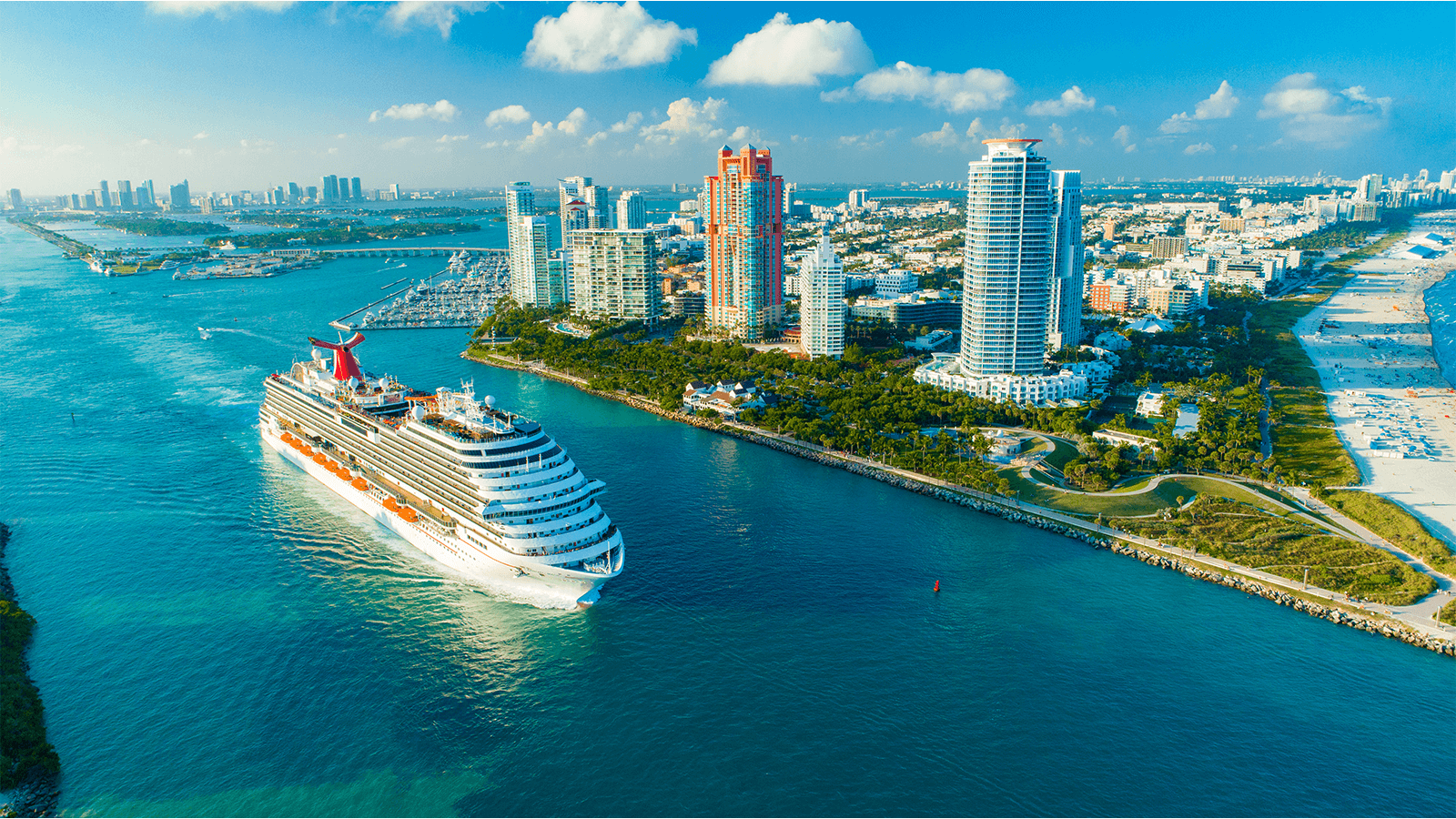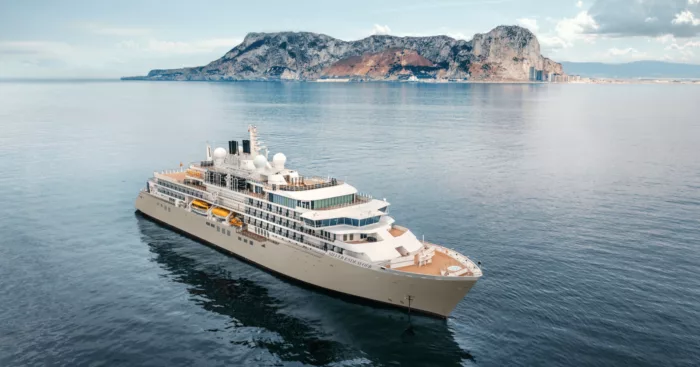Visiting:
Far East
Silversea Cruises
Wellness should be about balanced indulgence, not self-sacrifice - that's the philosophy behind Silversea's new programme called Otium, named after the Roman leisure time dedicated to bathing, talking, singing, drinking, eating and relaxing. The easygoing regime includes a 24-hour room-service menu of comfort food, as well as new spa treatments, relaxing baths and hot chocolate served on your balcony.
596
Passengers
411
Crew
2020
Launched
40700t
Tonnage
213m
Length
26m
Width
20kts
Speed
8
Decks
USD
Currency
Cruise Itinerary
Day 1
Tokyo, Japan
Day 2
At Sea
Relax and make the most of the myriad of facilities available on board the ship, from fantastic entertainment to delicious and diverse dining options.
Day 3
Osaka, Japan
Day 4
At Sea
Relax and make the most of the myriad of facilities available on board the ship, from fantastic entertainment to delicious and diverse dining options.
Day 5
Hiroshima, Japan
Day 6
Fukuoka, Japan
Day 7
Busan, South Korea
Day 8
Nagasaki, Japan
Day 9
Kagoshima, Japan
Day 10
At Sea
Relax and make the most of the myriad of facilities available on board the ship, from fantastic entertainment to delicious and diverse dining options.
Day 11
Tokyo, Japan

Day 1
Tokyo, Japan

Day 2
At Sea

Day 3
Osaka, Japan

Day 4
At Sea

Day 5
Hiroshima, Japan

Day 6
Fukuoka, Japan

Day 7
Busan, South Korea

Day 8
Nagasaki, Japan

Day 9
Kagoshima, Japan

Day 10
At Sea

Day 11
Tokyo, Japan
Ship Details

Silversea Cruises
Silver Moon
Built by cruise lovers, for cruise lovers, Silver Moon is the epitome of 21st-century luxury travel.
Cabins
All Prices















